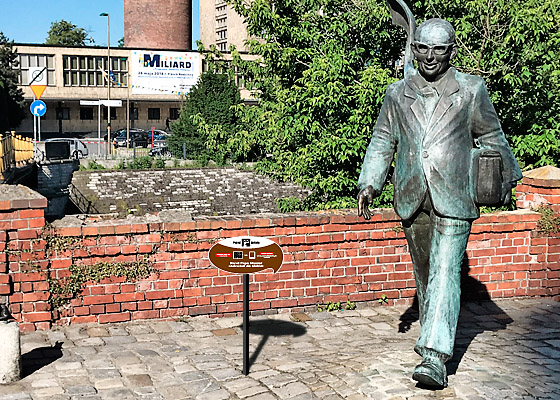W latach 70. XX wieku powstało tam nawet muzeum jego imienia, które zamknięto w roku 1996.
Ojciec, choć z zawodu stolarz, był harfistą z zamiłowania. Matka była zaś córką cenionego lutnika. Nic dziwnego, że już w wieku 13 lat Elsner napisał i wykonał swój pierwszy utwór. Co ciekawe, artysta miał pochodzenie niemieckie i z początku nawet nie umiał mówić po polsku. Ciąg zdarzeń sprawił jednak, że wprost zakochał się w Polsce.
Przełomowy okazał się pobyt we Lwowie, gdzie przebywał między 1792, a 1799 rokiem. Tam poznał Wojciecha Bogusławskiego, dyrektora teatru lwowskiego. Tam też ożenił się z Polką Klarą Abt z którą miał córkę. Pod ich wpływem zaczął uczyć się polskiego, którego później z powodzeniem używał. Uległ fascynacji polską kulturą i muzyką ludową. We Lwowie także Elsner skomponował i wystawił swoje pierwsze opery.
Do kraju ściągnął go jego przyjaciel, wspomniany już Bogusławski, który objął w stolicy zaszczytną funkcję dyrektora teatru narodowego. W repertuarze szybko pojawiły się opery Elsnera. Okres Warszawski był niezwykle ważny w życiu kompozytora. Jego najważniejszym dziełem na polu krzewienia kultury było jednak powołanie w 1810 roku szkoły głównej muzyki. Elsner wykształcił tam wielu wybitnych kompozytorów z Fryderykiem Szopenem na czele.
Pomnik powstał w 1974 roku. Inicjatywę podjęli grodkowscy rzemieślnicy. Warto przyjechać do Grodkowa na Dni Elsnerowskie, którymi co roku żyje miasto. Spotkać tu można wówczas wielu wybitnych artystów nie tylko z Polski, ale i całej Europy.










Visit Social media:
Share Social media: